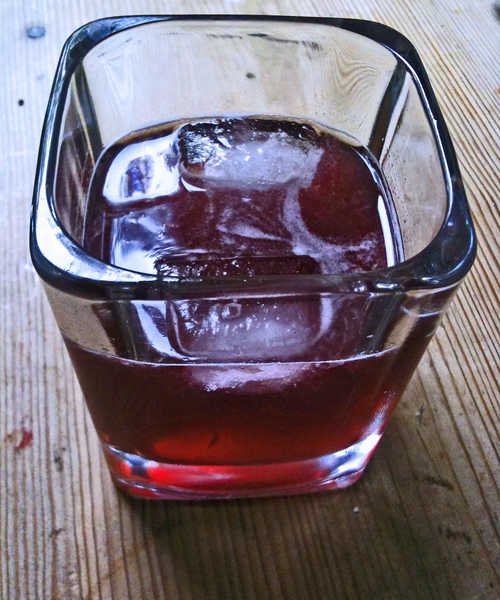In den USA gibt es gerade ein Umdenken in Sachen Ernährungsrichtlinien. Die gute alte, auch in Deutschland noch maßgebende Ernährungspyramide wird abgelöst von einem neuen, anschaulicheren Schema. In den USA ist das schon der zweite Versuch, die steigende Fettleibigkeit der Bevölkerung in den Griff zu bekommen und sich von der fehlleitenden Pyramide zu verabschieden. Denn Kohlenhydrate machen eben (doch) dick. Und es ist spannend, welche Bedürfnisse die Nahrungsmittelindustrie bei der Entwicklung geltend machen kann und darf:
“On May 26, the U.S. Department of Agriculture announced that it will be releasing a new “food icon” to replace the foodless and useless 2005 MyPyramid (…).
A bit of history. From 1958 until 1992, the USDA’s food guide was a rectangle illustrating four food groups: dairy, meat, fruits and vegetables, and grains. In 1992, after a year of extraordinary debate (recounted in my book Food Politics), the USDA released its highly controversial
Food Guide Pyramid.
Why was it controversial? The food industry objected that the Pyramid make it look as if you were supposed to eat more foods from the bottom of the pyramid than the top (which, of course, was its point). Nutritionists objected that it encouraged eating too many servings of grains and, therefore, encouraged obesity.
In 2005, the USDA replaced it with the unobjectionable MyPyramid. The food industry liked this one because it did not indicate hierarchies in food choices. Most nutritionists that I know hardly knew what to do with it. It required going online and playing with a website, and was unteachable in clinic settings.
I thought the 1992 pyramid had a lot going for it, particularly the idea that it’s better to eat some foods than others. But MyPyramid was a travesty—hopelessly complicated, impossible to teach, and requiring the use of a computer.
Given this situation, the new image is highly likely to be an improvement. If the new icon keeps the hierarchy, conveys concepts easily, and does not require online access, I will consider it a great step forward.
What will the new icon look like? (…)
The circular plate, which will be unveiled Thursday, is meant to give consumers a fast, easily grasped reminder of the basics of a healthy diet. It consists of four colored sections, for fruits, vegetables, grains, and protein, according to several people who have been briefed on the change. Beside the plate is a smaller circle for dairy, suggesting a glass of low-fat milk or perhaps a yogurt cup.
Hier geht´s zum Originalartikel auf www.theatlantic.com








Den Post hab ich gerade erst gefunden … und fühle mich verpflichtet, mich schützend vor die Milch zu stellen!
Wer sie nicht mag/ verträgt/ sich dagegen entschieden hat – geschenkt.
Aber fettfreie oder 0,1%ige Milch geht so gar nicht! Das ist dann doch nur weißes Wasser.
Milchmädchen-Grüße! :-)